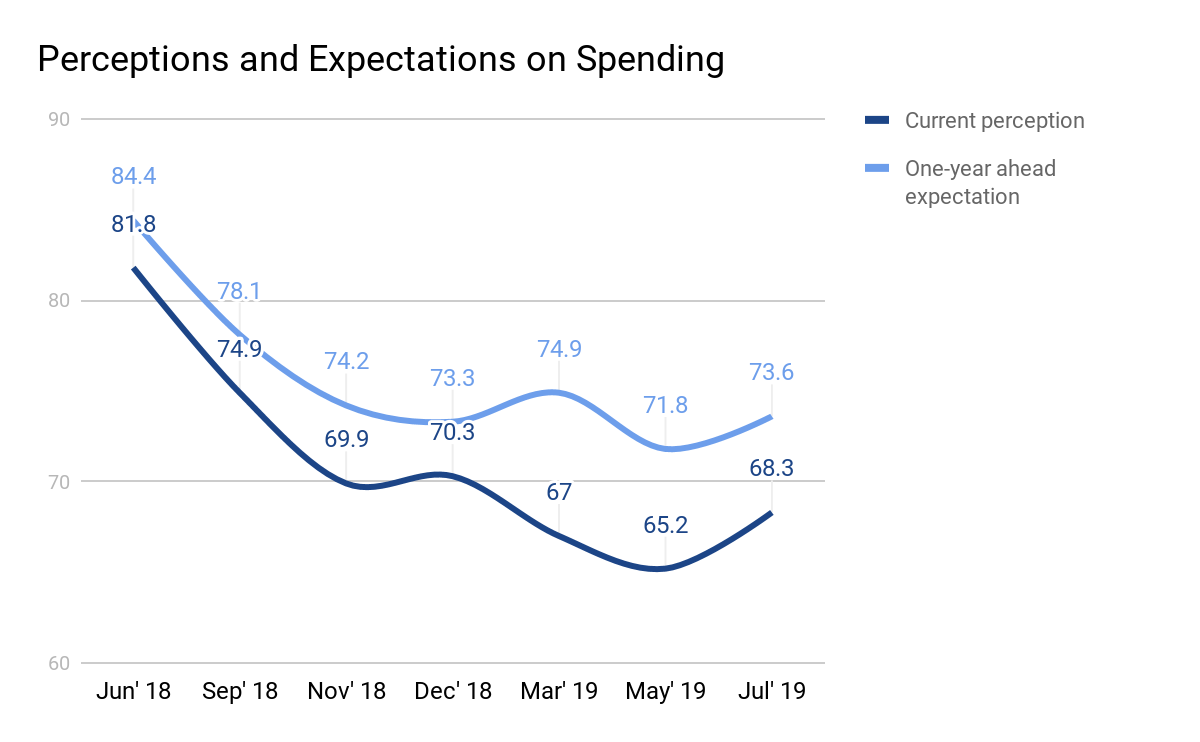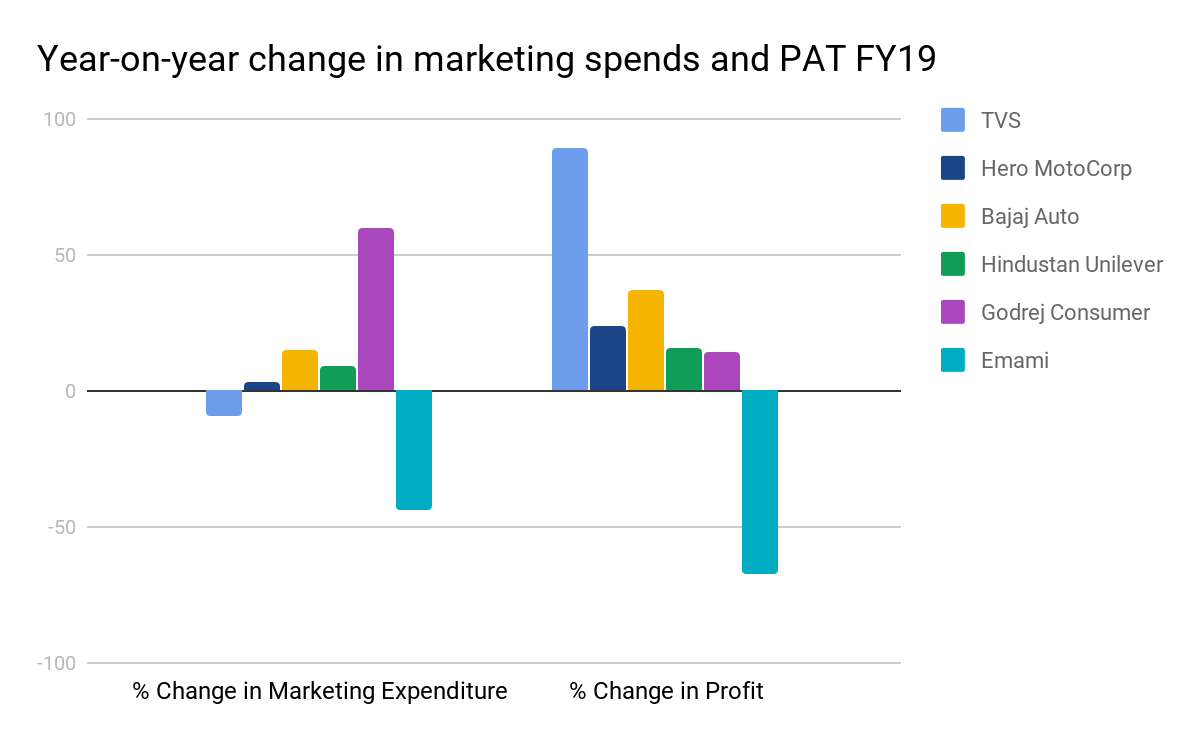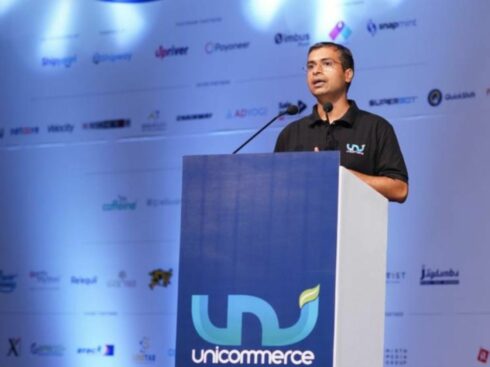
SUMMARY
Consumer spending in the country is expected to quadruple by 2030 to become a $6 Tn opportunity
For any industry, a successful sale depends a lot upon its marketing strategy
It is not just the economic situation which has necessitated a rethink in marketing strategies
Domestic consumption is the driver which has propelled India among the largest and fastest-growing economies in the world. For long, it has not only enabled robust economic growth but also acted as a guard against the vagaries of global economic trends and cycles of low or high public investment.
Supported by a 1.4 Bn strong population, which is younger than that of any other major economy, and the rise of the middle-income segment, consumption growth is likely to continue powering the country’s GDP growth for the foreseeable future.
As per the latest data from the Central Statistics Office, domestic consumption – measured in terms of private final consumption expenditure (PFCE) at current prices – accounts for over 59% of the country’s GDP. Moreover, according to a report by the World Economic Forum, consumer spending in the country is expected to quadruple by 2030 to become a $6 Tn opportunity.
However, over the past few quarters, India’s consumption-driven growth story is facing jitters due to a host of factors including subdued consumer sentiment, a slowdown in economic activity, farm distress and a liquidity squeeze.
CSO figures show that growth in consumer spending has slowed down from an average annual growth rate of almost 14% per cent during 2012-15 to less than 12% in the 2015-19 period. This is quite a sharp drop which, alongside the global headwinds, has led to a reduction in India’s near-term growth forecast by the Reserve Bank of India as well as the International Monetary Fund.

Slowdown In Domestic Consumption
The slowdown in domestic consumption is reflected by the sluggishness in the automobile sector and the fast-moving consumer goods sector – which are considered the benchmark for consumer discretionary and consumer staple spending, respectively. Recently, leading market research firm, Nielsen, reported that the year-on-year volume growth rate in FMCG sales dropped for the third consecutive quarter in Apr-Jun 2019, and as a result, it has cut its full-year growth forecast for the sector to 12% from 13-14% earlier.
The situation is far worse in the passenger vehicle (PV) segment – a key indicator of non-essential spending in the economy – where companies are faced with a sharp decline in sales. In fact, in the June quarter, four-wheeler PV sales, which includes cars, SUVs and vans, fell the most in nearly two decades, with all automakers posting lower sales during the period.
Even two-wheeler domestic sales have been falling continuously since December 2018. Overall perception and future expectations regarding consumer spending are on a decline, and growth expectations in both FMCG and automobile sectors remain subdued. This situation has necessitated the need for companies in these sectors to rework their operational and marketing strategies to protect their bottom-line performance from the slowdown in offtakes.
Selling In A Slowdown
For any industry, a successful sale depends a lot upon its marketing strategy, which covers a host of different activities such as advertising, consumer research, customer outreach and product design. During times of challenging economic environment, companies need to increase their marketing efforts to manage and exploit new market conditions.
They must not resort to knee-jerk reactions like dead-stopping marketing campaigns, fight for resources with compelling business cases and continue to produce customer-centric, cost-effective marketing campaigns to create long-term brand association among customers.
As Henry Ford once said, “A man who stops advertising to save money is like a man who stops the clock to save time.”
While maintaining, and even ramping up marketing efforts, is important, it does not make any economic sense to increase spending when the economy is going through a slowdown. If you look at the financials of some of the major FMCG and automobile companies, there is no perceptible correlation between increasing the marketing expenditures and rise in profitability. On the other hand, every penny saved on marketing spends is completely transferred to a company’s profits before taxes.

Figure: Comparison of marketing expenditure change and profit change for various automobile and FMCG companies in FY19; source: company financials.
In the event of an economic downturn, this creates a conundrum for companies and marketers. On one hand, significantly cutting down marketing budget has a long-term negative impact on the business, while on the other hand, mindlessly increasing spending hampers their near-term profitability.
Where Lies The Solution?
The solution to this problem lies in cost rationalisation through the use of technology to cut down on inefficiencies in your marketing channels while maintaining and improving brand-awareness efforts. In today’s economic climate, marketers need to plan proactively, foster customer loyalty, adapt products and services, exploit digital channels and focus on targeted and relevant marketing. And they must achieve these goals while optimising their marketing investments.
This is where solutions to automate all activities of marketing departments helps – to bring a budget discipline, planning and transparency with end-to-end process control, which includes budgeting, bill-passing and settlement. Through this combination of process automation, easy-to-use software and transparency, we enable direct savings for companies across sectors.
Furthermore, our solutions make it easier for companies to identify lacunas in their marketing strategies and make course corrections in real-time – making their work easier, faster and hassle-free. It is of utmost importance to understand that during periods of consumption slowdown, marketing cannot be a cost burden on companies, rather it needs to be carefully managed so that it becomes value-accretive for the brand as well as the balance sheet.
With rising pressure on profit margins, there is a need to eliminate duplication, wastage, leakage of marketing investments. It should be noted, once again, that even if a company reduces its marketing costs by just 1% through technology-driven optimisation, it adds 100% of its savings to the pre-tax bottom line.
In Conclusion
It is not just the economic situation which has necessitated a rethink in marketing strategies. We live in an era when customer expectations – driven by industry-disrupting technological innovations and rapidly changing buying preferences – are at an all-time high.
These days, it is very easy to lose a customer, while being able to retain them is becoming increasingly difficult and costly. Therefore, companies need to adopt technological solutions which can deliver customer insight, forensic marketing capability and precise execution, while enabling cost savings across the value chain.
Given the inherent demand and low penetration levels in the country, any slowdown in domestic consumption is bound to be temporary and thus, marketing expense is not something companies should be looking to ignore. Companies that have invested time and resources to build a loyal customer-base don’t necessarily need to compress their margins as they can leverage technology to limit and optimise the costs and reap the benefits of better returns as well as customer loyalty in the long run.


























